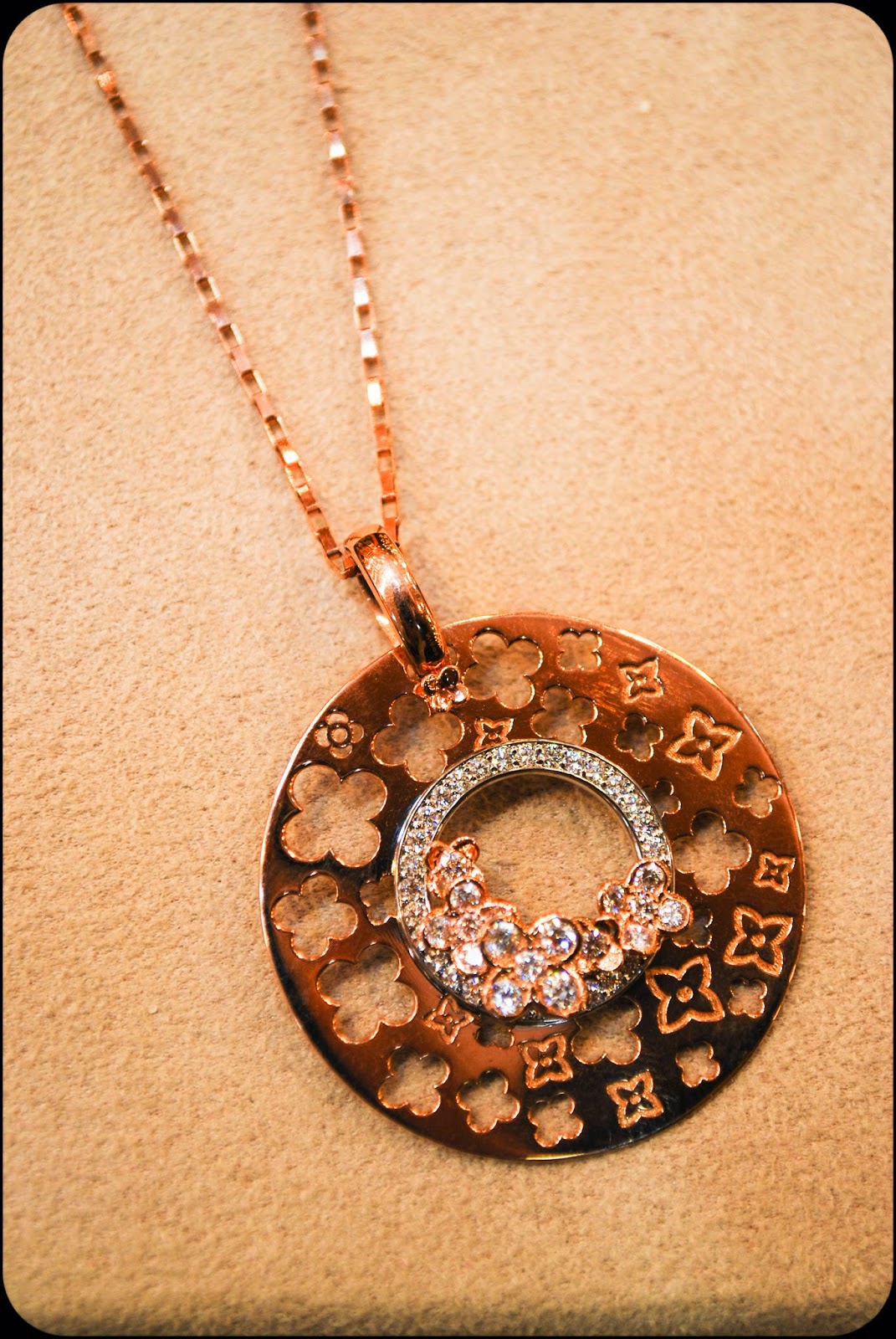We all are well aware that jewelry is a field
where there is massive utilization of metals. These metals range from brass, copper,
silver, gold and platinum. For a designer it is essential to be well versed
with each and every product which is used in creating jewelry; and undoubtedly
metal is one of the most important products used in it. One has to get into the
detailed study of metals because it turns out to be the biggest help when the
design is in the process of getting manufactured.
In today’s post we will go through the three
widely used metals:
- Gold
- Silver
- Platinum
First
and foremost, what is a metal?
The word metal has been derived from the Greek
word metallon/mettalum which means ‘to
search for’. Metals are natural elemental chemical or mineral substances each
possessing a distinctive crystalline atomic structure. In other words metals
are solid lustrous materials which are characterized by their properties. These
properties include their atomic weight, specific gravity, melting point and
thermal and electrical conductivity. But the most elemental are:
Plastic/Fusible: metals can be fused or melted
and can be worked without rupture.
Ductile: metals permit being drawn into wires.
Malleable: metals permit compression by
hammering and rolling.
CLASSIFICATION OF METAL
|
NON FERROUS METALS
|
FERROUS METALS
|
|
NOBLE METALS
|
BASE METALS
|
|
|
Gold
|
Aluminum
|
Iron
|
|
Silver
|
Lead
|
|
|
Platinum
|
Tin
|
|
|
|
Mercury
|
|
|
|
Nickel
|
|
Gold has a melting point of 1063 degree
Celsius. And its specific gravity is 19.36. Purity of gold is measured in
‘Karats’. The fineness for gold in terms of karat is expressed as being equal
to 1/24 part of pure gold in an alloy. Higher the karat more is the content of
pure gold. Purest form of gold is 24K which is too soft to be used for jewelry,
so it’s usually alloyed with one or more metals to make it more workable. 24K is
99.9% pure gold. 18K gold is considered ideal for stones and diamond setting
jewelry, since this alloy becomes very hard and therefore provides a good grip
for gems and diamonds.
ALLOYS
|
% OF PURE GOLD
|
%OF OTHER METALS
|
MELTING POINT
|
SPECIFIC GRAVITY
|
22K
|
91.6
|
8.4
|
977* C
|
17.3
|
18K
|
75
|
25
|
882* C
|
15.5
|
14K
|
58.3
|
41.7
|
802* C
|
13.4
|
10K
|
41.6
|
58.4
|
876* C
|
11.6
|
Nowadays gold is also available in many colors.
For this purpose gold is alloyed with one or more metal.
COLOR OF GOLD
|
COMPOSITION
|
White
|
Gold + Nickel/Palladium +Zinc +Copper
|
Green
|
Gold + Silver+ Copper+ Zinc
|
Rose/Pink
|
Gold+ Copper
|
Black
|
Gold+ Cobalt / Chromium
|
 |
| PINK/ROSE GOLD Picture Courtesy: Sri Krishna Diamonds & Jewellery, Commercial Street, Bangalore |
 |
| YELLOW GOLD
WHITE GOLD
Picture Courtesy: Sri Krishna Diamonds & Jewellery, Commercial Street, Bangalore
BLACK GOLD |
SILVER:
Like gold, silver is also a prized metal for
its beauty, usefulness and metallic bright luster. It is a medium heavy,
ductile and malleable metal. On exposure to oxygen in the air, silver oxidizes
and a black layer of silver oxide is formed on the surface.
Silver is also a very soft metal to work with hence, it is alloyed with copper.
ALLOYS
|
% OF PURE SILVER
|
%OF OTHER METALS
|
Sterling silver
|
92.5
|
7.5% Copper
|
Britannia silver
|
95.8
|
4.2% Copper & Zinc
|
STERLING SILVER
Sterling silver is most widely used for
kitchenware and cutlery. Britannia silver was introduced in Great Britain in
1697 by William III to limit the practice of melting and clipping sterling
silver coinage.
One of the most important uses of silver is ‘soldering’.
A solder is an intermediary non-ferrous alloy which in its molten state is able
to join different or similar metals together. So, soldering can be defined as a
process of joining metals with the use of solder and applying heat to the
object.
There are three different kinds of solders:
TYPE
|
COMPOSITION
|
Hard solder
|
75% Silver + 15% Copper + 10% Zinc
|
Medium solder
|
70% Silver + 15% Copper + 15% Zinc
|
Easy Flow solder
|
65% Silver + 20% Copper + 15% Zinc
|
Important mining sources for silver include
South America, United States of America, Australia and the former USSR. The
finest silver is produced by Norway and the largest producer of Silver is
Mexico.
PLATINUM:
Platinum got its name from the Spanish term Platina which means ‘little silver’. It
has a grayish-white lustrous appearance and is more ductile than gold, silver
and other metals. It is a dense metal and does not corrode which makes it fit
for jewelry. The price for platinum is higher than gold because it is a very
rare metal. Platinum is alloyed with copper and cobalt to increase its
workability. In any alloy there should be at least 85% pure platinum.
PLATINUM
Picture Courtesy: Sri Krishna Diamonds & Jewellery, Commercial Street, Bangalore
Platinum experts state that 75% of the platinum
in the world is produced by South Africa, 14% by Russia. The other producers
are Zimbabwe, Canada and the United States of America.
To conclude, one would like to say that every
metal is unique and working with it is an art in itself. So, take a plunge in
these facts n figures and explore the interesting study of metals.




No comments:
Post a Comment